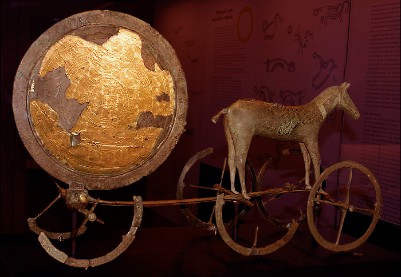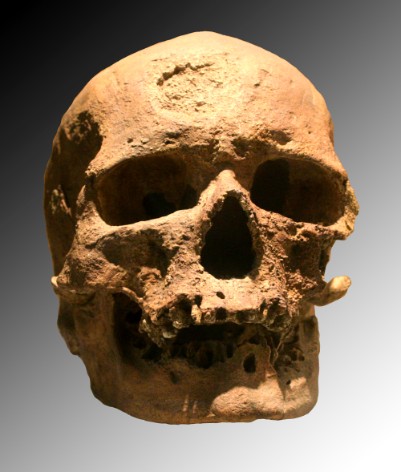This page concerning its title - Worldliness of Art - was established on 7-21-2011 9:57 p.m. e.s.t. Personal and well established forms of art will be contained here. Art is A Romantic Talent amongst other representations. Art as the building association of thought is the arrangement of character and the justifier of accomplishment.
<a rel="license" href="http://creativecommons.org/licenses/by-sa/3.0/"><img alt="Creative Commons License" style="border-width:0" src="http://i.creativecommons.org/l/by-sa/3.0/88x31.png" /></a><br />This work is licensed under a <a rel="license" href="http://creativecommons.org/licenses/by-sa/3.0/">Creative Commons Attribution-ShareAlike 3.0 Unported License</a>.
8:10 p.m. 7-28-2011 Prehistoric Art ~ Art produced in Preliterate, prehistorical cultures beginning and concerning late geological history and continues through to the developing of writing and or other methods of record keeping, and can be affiliated with other cultures that can be.
Workmanship in the area of Art may have started about 40,000 years ago in the Upper Palaeolithic era. Mesolithic, cave paintings, figurines, beads and other figured workings that are decorative are amongst utilitarian objects. Neolithic Pottery, sculpture, and construction of Megaliths. Early rock art also appeared in Neolithic times.
The metalworking in the Bronze Age brought another increase in mediums used for art. By the Iron Age, civilizations where writing methods became more involved included some beginnings with Ancient Egypt to Ancient China.
Mesolithic ~ The three lithics are subdivisions of the Stone Age. There appears to be a classical development of the three-age system.
The three age system are the Stone Age, Bronze Age, Iron Age.
information taken from wikipedia.com D.G.DeLancey
Horse Icon below very old.

The Gallery grave period of Scandinavia ~ A form of Megalithic tomb where there is no size difference between the burial chamber and the entrance passage. Most were built during the fourth millennium BC, though some were were still being built in the Bronze Age. They are distributed across Europe and they are usually subdivided by period, region and also into more generic types of chambered long barrows, chambered round barrows, chambered long caims and chambered round caims. Examples are known in Catalonia, France, the Low Countries, Germany.
The British Isles Scandinavia, Sardinia and Southern Italy.
Lascaux is the setting of a complex of caves in southwestern France famous for its Paleolithic cave paintings. Find more information at wikipedia under Prehistoric France and research Upper Palaeolithic which of the earliest modern humans-Cro-Magnons-entered Europe (including France) around 40,000 years ago (approximately) during a long interglacial period of particularly mild climate, when Europe was relatively warm, and food was plentiful.
Below is a skull of a Cro-Magnon human

Cro-Magnon ~ "The Origin Old Man" of cro-magnon. The name derives from Abri de Cro-Magnon (French : rock shelter of Cro-Magnon the big cave in Occitan) near the commune of Les Eyzies-de-Tayac-Sireuil in southwestern France, where the first specimen was found. __ 9:41 p.m.